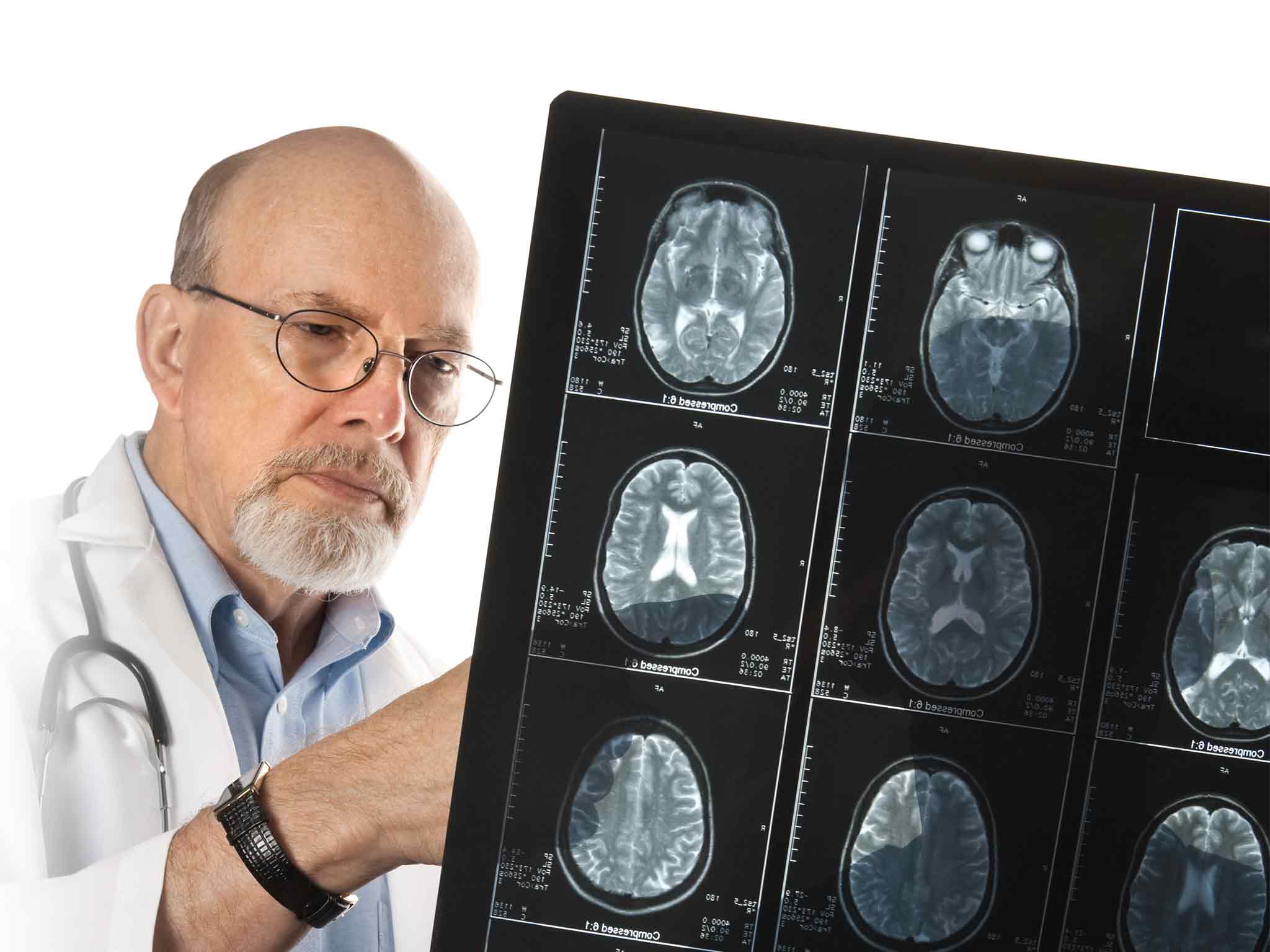Stroke Signs for Men and Women
Stroke is the third leading cause of death, behind heart disease and cancer. It’s the most common cause of adult disability in the United States. Do you know how to recognize a stroke?
Signs of a Stroke
In order to minimize brain damage it’s crucial to recognize the signs of a stroke:
- Sudden weakness of the face, arm or leg, especially on one side of the body
- Numbness and/or tingling of the face, arm or leg, especially on one side of the body
- Sudden temporary loss of speech or trouble understanding speech
- Sudden loss of vision or trouble seeing, particularly in one eye
- Unsteadiness or sudden falls, especially as a result of other signs
- Sudden severe headache for no apparent reason
Women may report unique stroke symptoms:
- Sudden face and limb pain
- Sudden hiccups
- Sudden nausea
- Sudden general weakness
- Sudden chest pain
- Sudden shortness of breath
- Sudden palpitations
If you or someone you know shows these signs, call 911 immediately.
What Is a Stroke?
A stroke occurs when the brain’s blood and oxygen supply is interrupted. One possible cause is a blood vessel breaking and allowing blood to enter the brain. A blood clot can also cause a stroke by blocking the blood supply. In either instance, brain cells may die, leading to a loss of function in other parts of the body.
Risk factors for a stroke include diseases such as cancer, chronic kidney disease and some types of arthritis. In addition, if your parents had a stroke, you’re at a higher risk for having one as well.
Download the Printable Brochure: StrokeHow to Prevent and Treat a Stroke
You can help prevent a stroke by controlling high blood pressure; eating a high-fiber, low-fat diet; exercising regularly; and following your doctor’s orders.
Stroke treatment could range from medications to surgery. A stroke victim should anticipate a period of rehabilitation, depending on the stroke’s severity.
How Preferred Care at Home Can Help
Preferred Care at Home helps seniors maintain a healthy lifestyle by encouraging exercise, preparing nutritious meals your doctor recommends and providing medication reminders.
In the event of a stroke, Preferred Care at Home will be by your side every step of the way, through hospital admission and rehabilitation. Our caregivers will encourage the recommended physical and occupational therapy to ensure a healthy recovery.
For more information, please contact us today.
contact us today